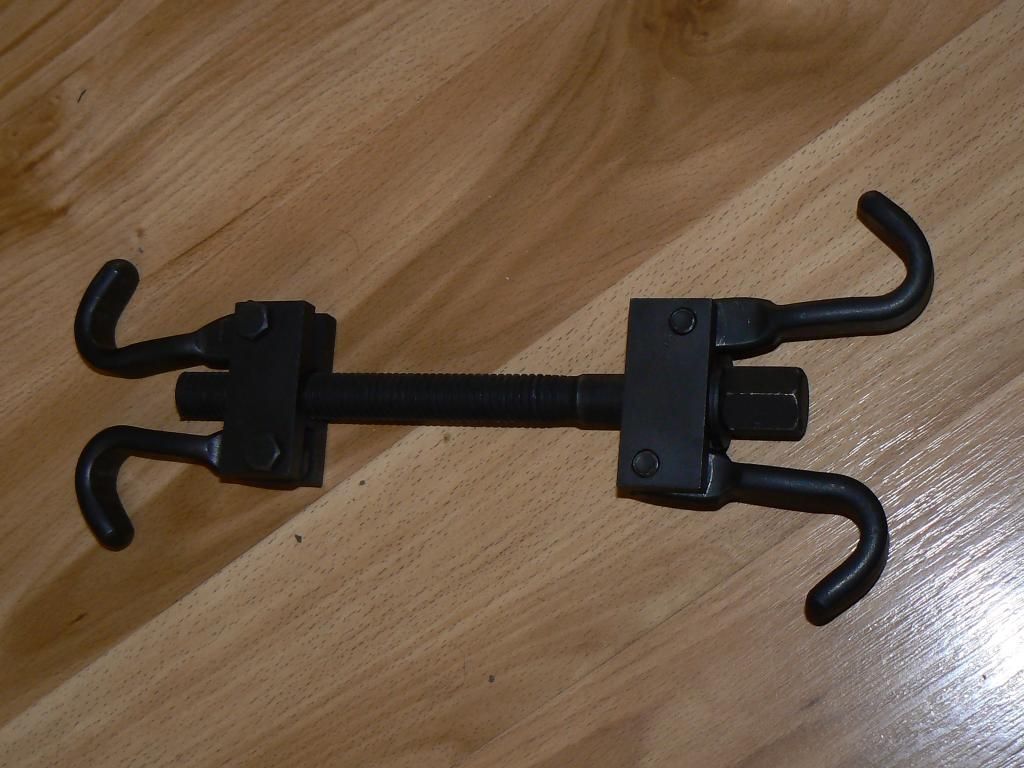What is the best method to remove the rear and front coil springs? I have never done this before so any help would be apprecaited. I just purchased lowering springs for my 1983 Ford Fairmont Futura-I have installed a 5.0 in the car and now want to install these springs. Any help would be apprecaited..
thanking all in advance,
Texas Fairmont







 Reply With Quote
Reply With Quote





 (I didn't do it!)
(I didn't do it!)









Connect With Us